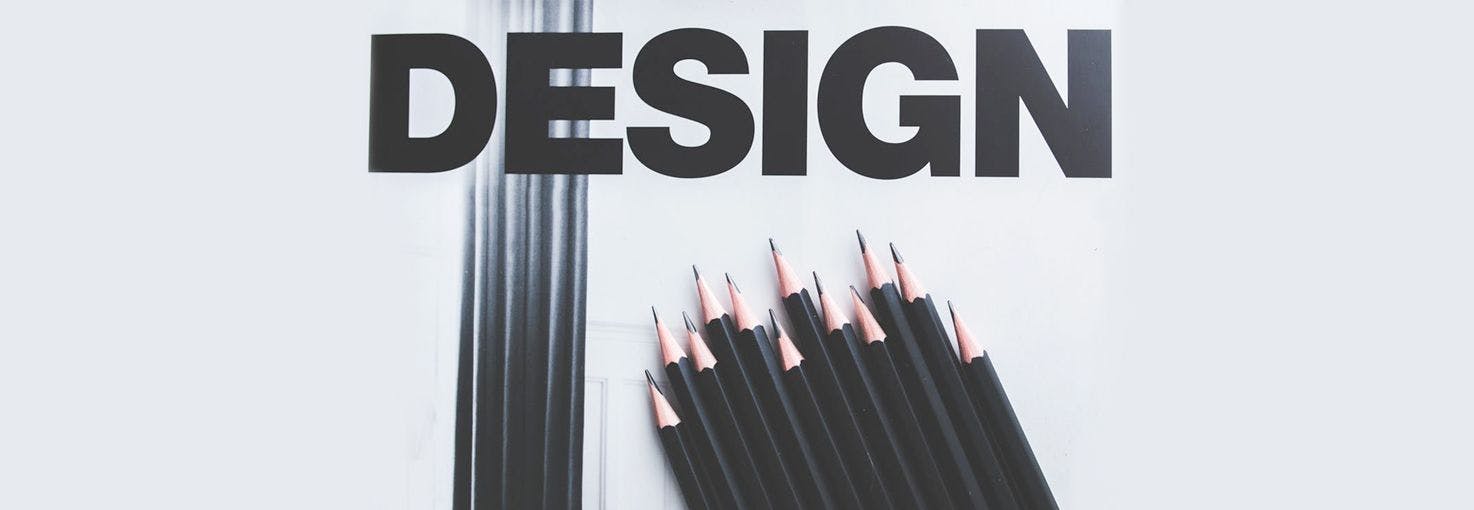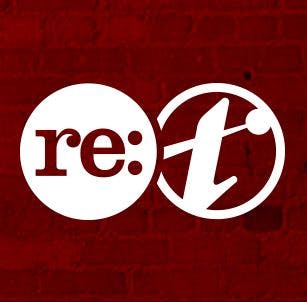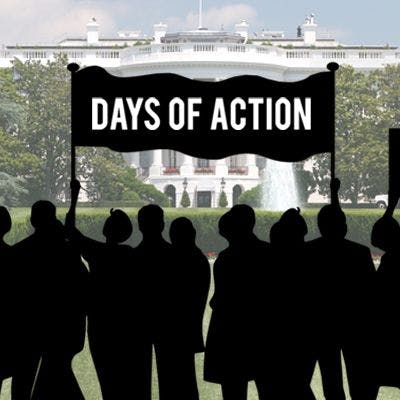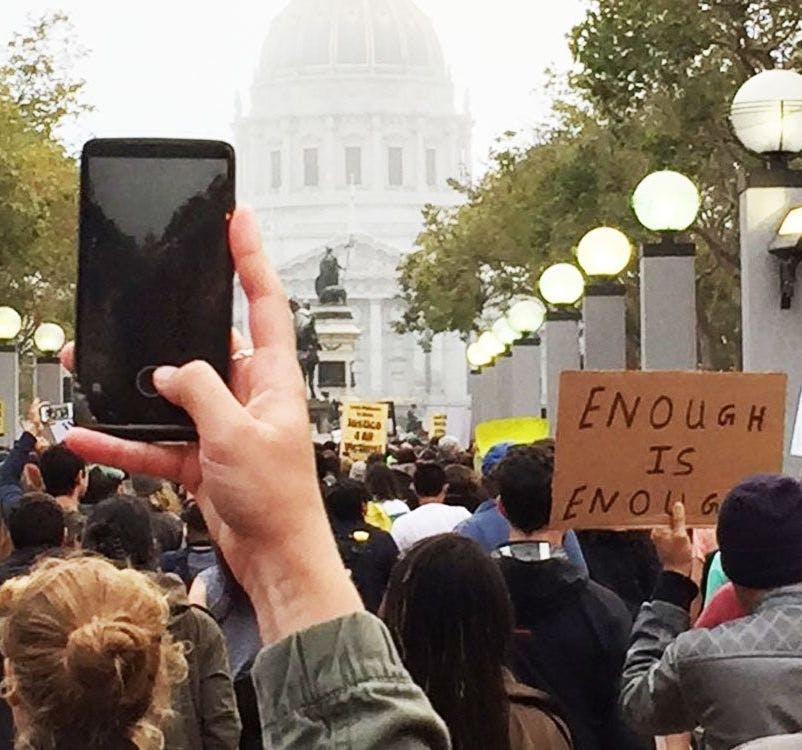What's the Future of Graphic Design?

By Traction
The future of graphic design is immersion.
Collection of thought leaders discussing the future of Graphic Design. Article originally published by Nick Hastreiter on Future of Everything .
For the past decade, freelancing websites like Fiverr and crowdsourcing sites like 99designs have caused massive disruptions in the graphic design industry. Some of the changes have been good – it's easier than ever to find a graphic designer, especially for small businesses, it's easy to break into the industry, just make an account at one of the sites I mentioned, and of course Google has made it easier than ever before to learn how to design.
However, freelancers on Fiverr and similar websites, while being inexpensive, have developed a reputation for providing low quality work, and from a designer's perspective, it's becoming increasingly difficult to earn a decent wage. With time, hiring methods and wages should stabilize, but, the role an artist or designer has will be quite different.
When it comes to the future of graphic design, the big thing on everyone's mind is animation and VR. Print media is on the way out, at least in marketing, digital media is the future of graphic design. For more on that, and what else to expect, we asked a group of industry experts...
What's The Future Of Graphic Design?
Here's what they had to say...
Adam Kleinberg , CEO & Co-founder of Traction
"Graphic design is on a collision course with experience design. Print is already close to dead as a medium of expression, but design has never been more important. In the future, all designers will need to think about context of how their work is experienced by users. It's the third dimension."
Pj Richardson, Creative Director & Co-Owner of Laundry
"In 10-15 years, the separation between technologically-driven design and graphic nostalgia will broaden. Books, posters, and signage will still exist with unusual new twists (think signage system on Mars). VR will be fully functional via contact lens or brain implants and will require a new type of interactive-meets-motion-graphics-meets-filmmaking approach to graphic design. Economically, the industry will work like YouTube — commoditized, but with standout influencers and specialists who really shine and distinguish themselves around cultural interests of that moment."
Chelsey Moter, Marketing Coordinator for the Arizona Grand Resort
"Graphic Design is something that's crucial to all businesses. Not only do you need business cards, flyers and postcards for print but graphic design is also important in the digital world as well. Majority of business owners and marketers know content is king. However, the best kind of content contains far too many words and majority of users will end up walking away before they even finish reading the piece if the article is too long. A great way to produce content that's easier for users to understand and faster to comprehend are through images, infographics, memes, quote cards, slideshows, and even videos. As for the future of graphic design, I think artists are going to see an increase in the need for visual content more than traditional elements of graphic design."
Miguel Lee, Partner/Creative Director of Midnight Sherpa
"Technology will play a bigger role than ever in the way that we communicate through design. We are living through a time where the paradigm shifts so often in the way we approach content creation that the overall effect is now the new norm.
Specialized and highly technical methods of executing work inevitably become simple "buttons," empowering designers to realize their vision and build richer and more meaningful experiences without technological hindrances. The battlefield for high-end execution will continue to evolve away from a heavy-lifting contest and into a chess game.
This accessibility will also lead to a noisier design landscape, resulting in a higher premium on creating disruptive work to cut through that noise."
Calvin Carter , Owner, Graphic designer, & Web Development at Logomazing
"Graphic design will be more immersive in 10 years. Paper will be obsolete, so every design will be digital with a website feel. These designs will require layers allowing the user to click deeper into the design, ultimately selling the product without actually making a pitch.
The user will begin looking at weather, a bright sunny day, then virtually pick an outfit for the day only to realize, I don't have sunglasses! The next graphic displays choices of sunglasses that match the selected outfit and how they look on the user.
Graphic designers will need to create every design in this layered format realizing they can't say, buy these sunglasses. The future population will be so blind to explicit advertising, they'll be rendered completely useless."
Brigid Cabry Nelson, Founder of LetterShop
"The graphic design industry has been merging with animation and video since I was at Cranbrook Academy of Art in the mid-1990s. By 2030, design, video and animation will be inextricably intertwined. Designers will be supplying clients with logos that animate in a myriad of ways. Brand guidelines will contain specifics for which animated logo should be used within a specific context. In addition, brands will need to update their family of emojis on a regular basis in order to keep their followers engaged. As a matter of course, logos will be translated into various languages when the brand launches. I believe that good typography will not be thrown to the wayside. Rather, those who understand the nuances and subtleties of letterforms will continue to be valuable on the marketplace."
Jake Smith , Founder of Productviz
"Graphic design will continue further its dependence on technology to create interesting and compelling narratives and concepts. In the future, as the quality of 3d, augmented reality, and virtual reality continue to progress, designers will have more expressive ways of sharing their vision.
This technology-centered approach will increase designers reliance on computer aided design, pushing graphic design away from traditional tools and more into the virtual world. This shift will be accompanied by more niche professional experts, instead of generalist designers."

Jenn Maer of IDEO talks about her background as a story/copywriter, IDEO's "design thinking" approach, and the big "oh shit" questions that they strive to answer.

To CMOs, politics can be like the Sirens of Greek mythology to marketers.

Traction continues to gain coverage for the barrage of trolls in response to our "Days of Action Policy.